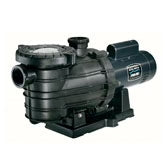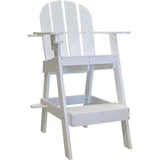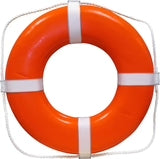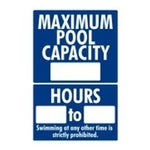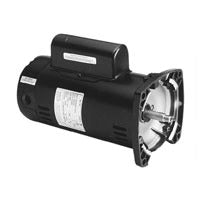All pool chemical controlling systems need regular maintenance. Most of the time you can easily identify an issue with the chemical pumps, flow cells or other parts. One part of a pool controller that may not be as obvious are the sensors. These can slowly start to become caked and dirty causing issues with the pH and ORP readings.
3 Signs that your controller sensors need to be cleaned
- Slow sensor response
- Increased need to calibrate sensors
- Inconsistent readings
Sensors should be clean and free from oil, chemical deposits, and contamination to perform at an optimal levels.
Once sensors are in use they may need to be cleaned on a weekly or monthly basis depending on bather load and characteristics specific to the facility. In order to properly clean your pool sensors, you will first need to gather a few supplies.
Sensor cleaning supply list
- Soft toothbrush
- Mild degreaser such as Joy or other non-acid based household dish detergent
- Regular toothpaste
- Fresh water
- Teflon tape
- Clean container with water to keep sensor tip wet while cleaning
Cleaning steps
- Turn off your controller, pH feeder, and your sanitizer feeder.
- Close flow cell valves. If the probes are installed in-line and cannot be isolated, turn off the main circulation pump.
- Remove sensors from the flow cell. Sensors should be unscrewed by hand. Disconnect the connectors from the controller.
- Carefully place your sensor into your clean container to ensure that the tip remains wet.
- Remove old Teflon tape and discard.
- Use a soft toothbrush with regular toothpaste to gently scrub the white ring and the tips of the sensors located at the bottom of the probe.
- If you notice oil and/or calcium buildup gently scrub with a household dishwashing detergent.
- Rinse with the clean fresh water in your container.
- Replace Teflon tape.
- Reinstall the sensors by hand tightening only. Only turn the probes enough to stop leaking.
- Reconnect to the connectors on the controller.
- Manually test and balance your water. Your water chemistry should be at the optimal balance for adherence with your local health department requirements.
- Open the flow cell valves or turn the circulation pump back on.
- Perform a hard reset at the controller. (See Manual for details.)
- Give the ORP probe a minimum of 20-30 minutes to acquire its proper reading and make the displayed reading at the controller your new ORP set point.
- Check the pH reading at the controller against your manual test kit reading. If the two differ, you must calibrate your controller to read the same as your pH test kit. After recalibrating your pH, set your pH set point to the current displayed reading.
- Turn on your pH feeder and your sanitizer feeder.
Pool Sensor Cleaning Tips
- Never allow a pH or ORP sensor to dry completely. Drying will damage the reference junction and void the sensor warranty.
- If storing sensors for an extended period, store sensors in the soaking caps provided with the original storage solution or clean water or distilled water. Take care to protect from freezing temperatures when not in use.
- If storage containers have been misplaced, store sensors individually in small glass or plastic containers with clean water, ensuring that sensor tips are covered.
